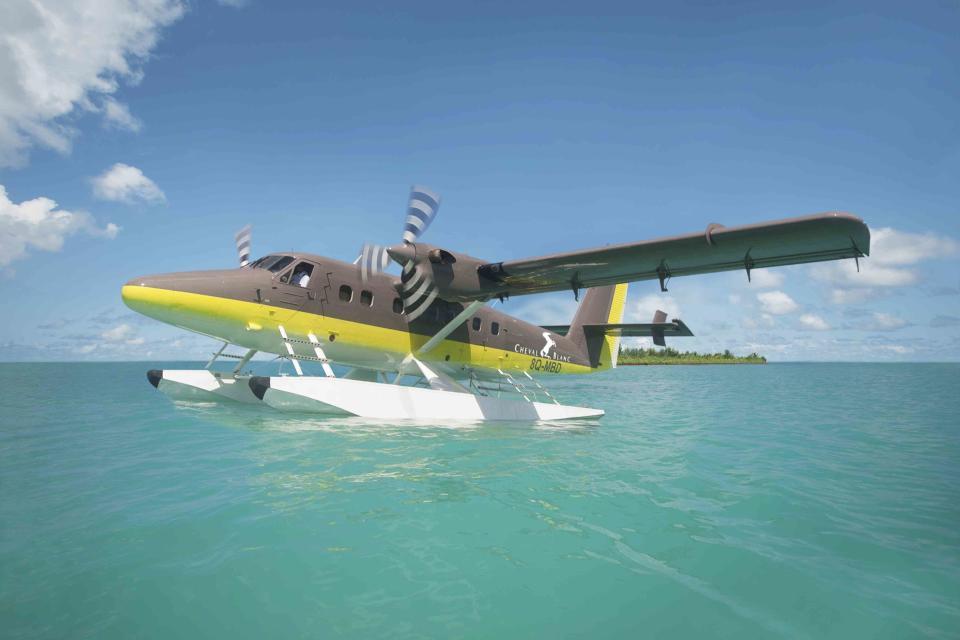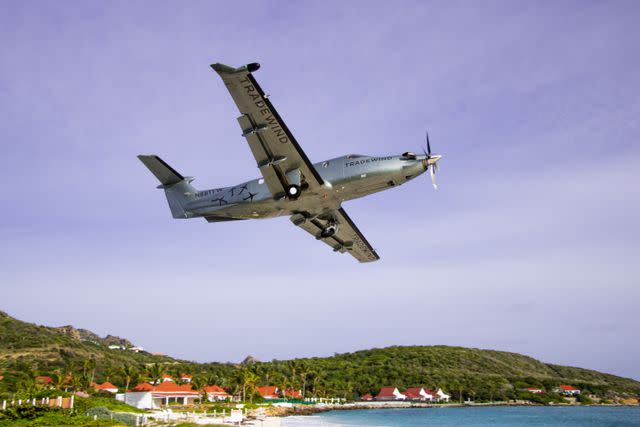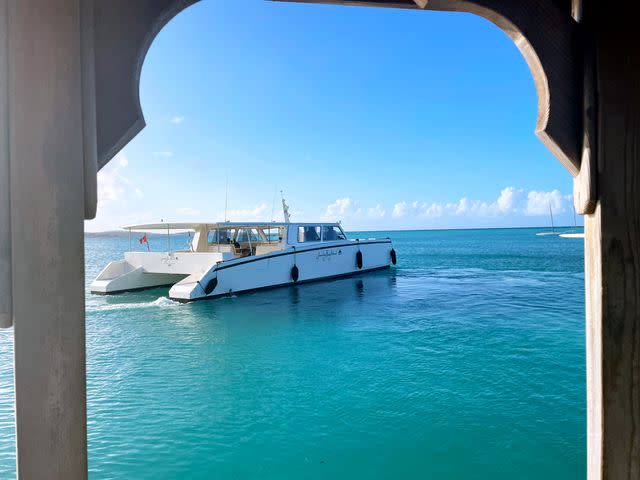How Luxury Travel Is Solving the 'Last-mile Problem'
Far-flung resorts are finding creative ways to bring discerning travelers to their doorsteps.

In business, the “last-mile problem” refers to the final leg of delivering goods or services to a customer. Whether it’s a package or a person heading home, the last mile tends to be the most expensive and complex segment of the journey. It’s often also the most important, which is why companies like Amazon have invested enormous sums to streamline their infrastructure.
There’s also a last-mile problem in luxury travel. For standard trips, it’s usually easy enough to find a flight from your home city to your final destination — with an airport transfer that brings you to the hotel’s front door. But what if the resort is located hours from the nearest airport? What if the daily flight is scheduled so early that you need a layover the night before, or if the flight only operates a couple of times per week?
Those situations are becoming more common, as luxury travelers seek out more remote and unique experiences, and hotel developers build in more far-flung destinations. This is where the travel industry’s last-mile problem — and solutions — come in.

As advisors, we’ve seen how the hassle and stress of reaching a remote destination can discourage travelers. Not only are we noticing innovative ways to close the gap, but these creative modes of transportation can also become a highlight of the trip.
Take the Maldives: For travelers from the United States, flying to these remote Indian Ocean islands usually means a layover, and an entire day spent getting to Malé, its capital. Plus, your resort isn’t even in Malé — it’s on a secluded atoll inaccessible by cars or public ferries. The fix? Resorts like Cheval Blanc Randheli and Velaa Private Island now offer transfers aboard seaplanes, while One&Only Reethi Rah and Waldorf Astoria Maldives Ithaafushi have fleets of yachts that make the last leg feel like the start of an adventure.
You see this in the Caribbean as well. St. Barts has made the final hop on puddle jumpers its hallmark for decades; Tradewind has raised the bar with the newest aircraft combined with world-class service. Guests of Jumby Bay, located on a private island in Antigua, are ferried away on yachts after clearing customs. To get to Anguilla, most travelers from New York can expect a long layover in Miami, while guests at Aurora Anguilla Resort & Golf Club can fly direct from Westchester Airport aboard a private jet.
The Greek isles can be notoriously difficult to navigate, especially if you want to avoid going back to Athens or taking a crowded ferry. Fly Cycladic, an upstart airline, has expanded its route map to include more islands like Paros, Naxos, and Rhodes. That means you can have breakfast at Canaves Epitome on Santorini and lunch at Kalesma Mykonos.
And it’s not just island resorts: Hacienda AltaGracia, located in the mountains of Costa Rica, greets its guests at San Jose airport, whisks them through a special customs area, and flies them to a private airstrip. The 40-minute flight is a scenic alternative to the three- to five-hour drive on Costa Rica’s notorious roads.
The more remote the resort, the more creative the solution. Shinta Mani Wild, deep in Cambodia's Cardamom Mountains, lets guests zip line in — setting the tone for a luxe but out-there adventure — while their luggage is carried by van over bumpy roads. You can paraglide 1,000 feet down from a cliff to the beach to arrive at Six Senses Zighy Bay in Oman, or go whitewater rafting to Pacuare Lodge in Costa Rica (less adventurous guests can take a helicopter).
Even at hotels easily accessible by car, worsening traffic can create a last-mile problem. Along the Riviera Maya in Mexico, the transfer from the Cancún airport, normally 50 minutes, has the potential to turn into a two-hour slog on a busy Friday afternoon. Hotel Esencia offers guests a 25-minute transfer aboard its own helicopter.

Of course, not every resort has its own helicopter or seaplane, but they can partner with third-party operators. The Ocean Club, A Four Seasons Resort in the Bahamas flies in guests from Ft. Lauderdale aboard Tropic Ocean Airways. And the Four Seasons Resort Tamarindo on Mexico’s Pacific Coast will soon offer semi-private flights to the small town of Manzanilla, about 50 minutes away, as opposed to driving four hours from Puerto Vallarta or Guadalajara.
However remote your destination, a savvy travel advisor will be able to get you there conveniently, perhaps by using Flexjet, the fractional jet ownership company, or Blade, which is expanding its helicopter fleet.
Discerning travelers are constantly seeking out the new and the unknown — places that feel unspoiled and under-the-radar. And with the help of innovative resorts, upstart airlines, and resourceful travel advisors, we are ushering in a new era of luxury travel.
Paul Tumpowsky is a member of Travel + Leisure's A-List and specializes in air travel and luxury hotel stays. He is the founder and CEO of New Yonder. You can contact him at p@newyonder.com.
For more Travel & Leisure news, make sure to sign up for our newsletter!
Read the original article on Travel & Leisure.

